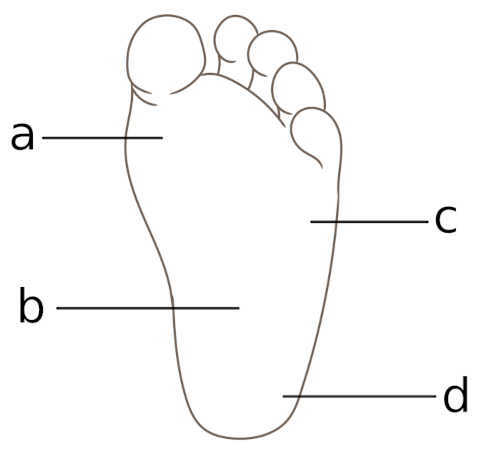 Examelot
Examelot
Report a problem
The AMT MT (Medical Technologist) certification exam is set by the American Medical Technologists (AMT). Passing the exam proves to employers that you can work in a laboratory as a medical technologist.
The exam contains 210 questions and lasts 3.5 hours. All questions are multiple-choice.
These practice questions will help prepare you for the AMT MT exam.
This page contains 210 practice questions divided into the nine sections of the exam: 1. General Laboratory, 2. Chemistry, 3. Hematology, 4. Coagulation and Hemostasis, 5. Immunology and Serology, 6. Immunohematology, 7. Blood Banking and Transfusion Services, 8. Microbiology, and 9. Urinalysis and Body Fluids.
All questions have been carefully designed to mimic the questions on the real exam, to help you prepare and get a passing grade.

| Test | Result |
|---|---|
| Serum iron concentration | 110 mcg/dL |
| Total iron-binding capacity | 440 mcg/dL |